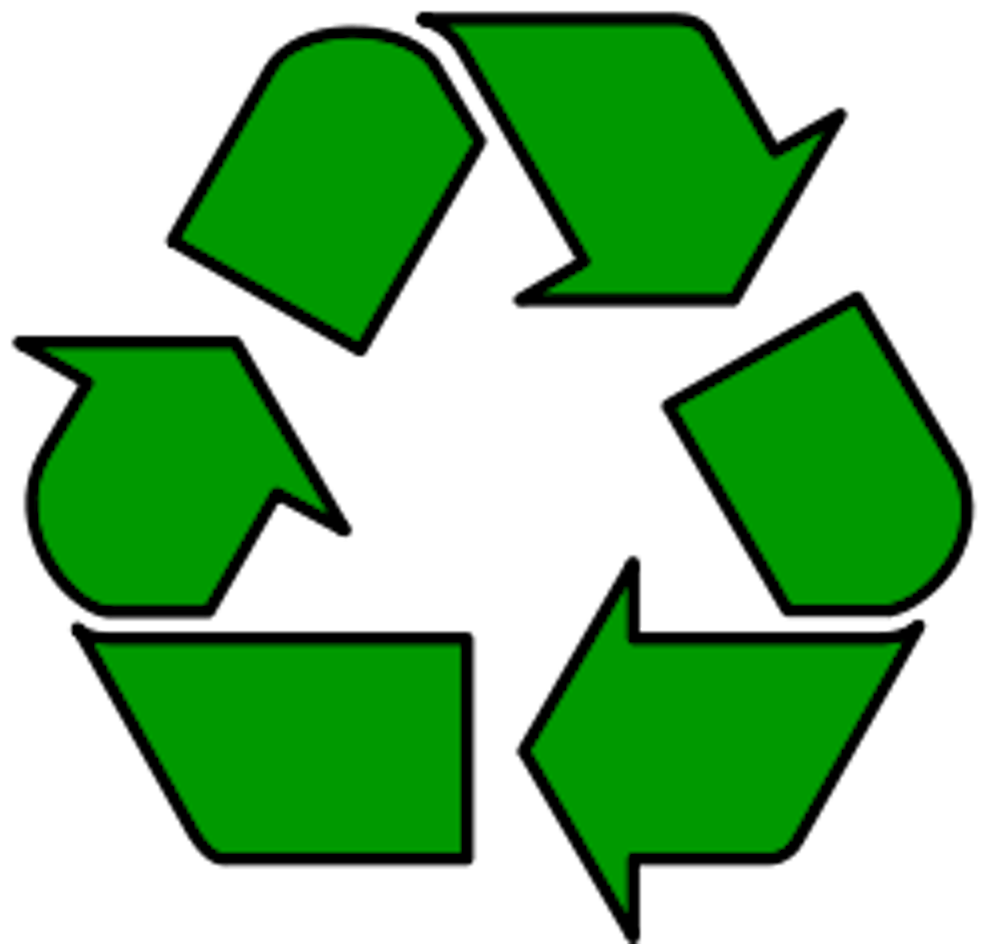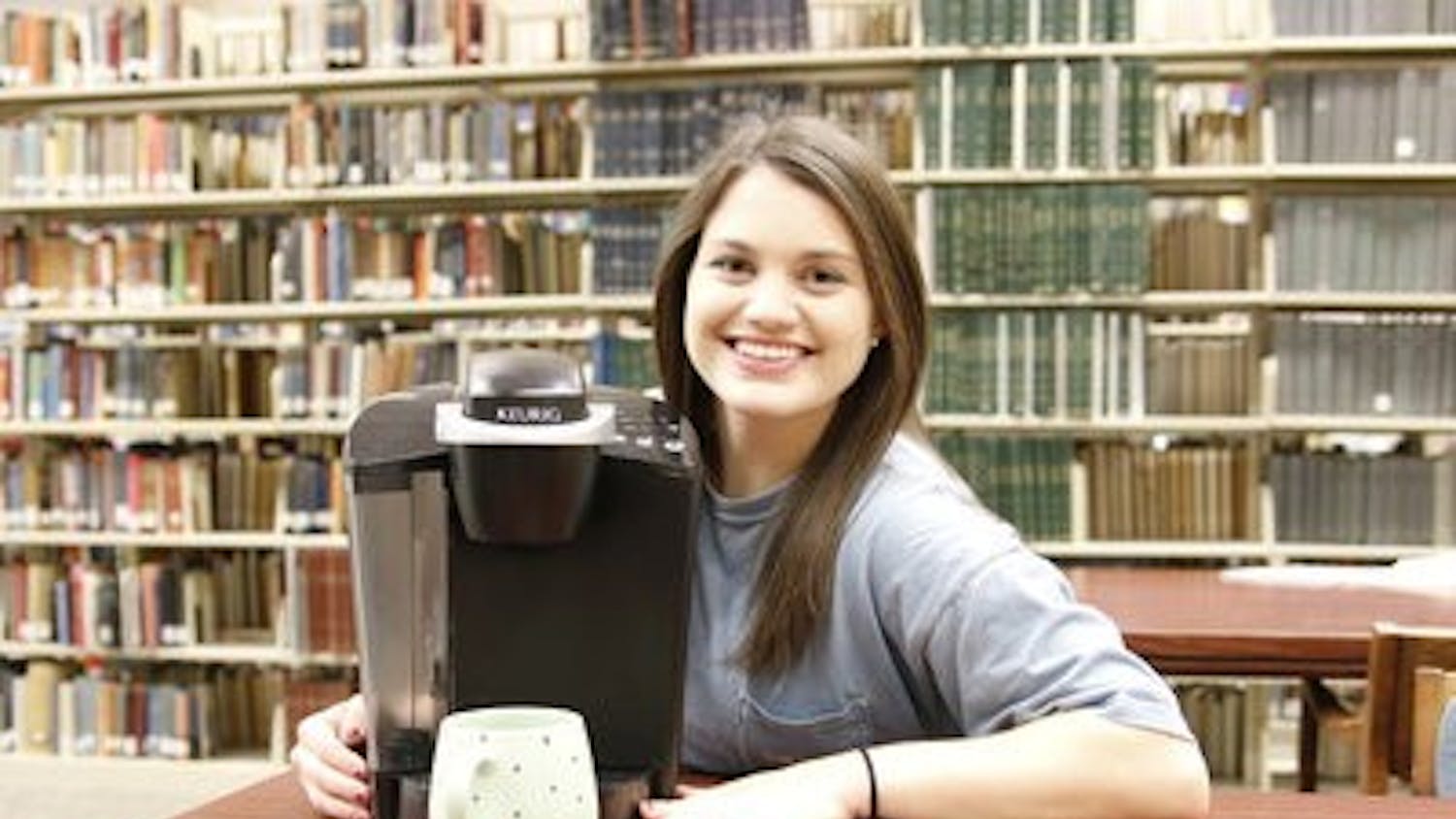Rather than wasting common by-products, a new agricultural rendering process has developed at Auburn University that converts the offal into a valuable commodity.
The by-products come from the entrails, skin, heads, and bones left over in slaughter houses and poultry plants.
In the past, the rendering process has involved cooking the waste down, which produces high-strength wastewater that must be properly disposed of. However, the Agricultural Byproduct Value Recovery System developed in partnership by Ken Mosley and Rick Renninger and finetuned by Dr. Jesse Chappell, assistant professor in the department of fisheries and aquaculture within the college of agriculture, dehydrates the material and produces a dry meal in approximately 60 seconds.
This process results in three products: water vapor from the dehydration process, dry meal and lipid oil, all of which have been separated in a press.
It eliminates the noxious smell associated with the wastewater and improves air quality, according to Chappell.
"This new ABVRS process produces no wastewater [or] smell. As a result, I think it will ultimately be adopted and more broadly [used] over the years," Chappell said.
Mosley, a 1971 Auburn graduate working in industrial processes and engineering in Birmingham, said the idea for the process originated from previous patents he had in the 90s regarding disposal of wastewater from food processing plants.
Mosley said he thought some of the previous ideas could apply to a new process that would recover catfish offal without creating a large amount of waste that is detrimental to the environment. He said his business partner and fellow engineer Renninger was extremely helpful in the mechanics of developing the process.
According to Mosley, the Alabama Department of Environmental Management and the Environmental Protection Agency had positive reactions to ABVRS.
He said with every 1,000 pounds of offal about 700 pounds of water are used to cook it, and, consequentially, that immense amount of water ends up being wastewater.
"Our process evaporates [the water] and sifts it off as clean steam," Mosley said.
According to Chappell, the ADEM and the EPA have watched the ABVRS process and measured the emissions from the machinery. He said the agencies were surprised that there was little to no emission from the process.
"We were trying to be proactive with the environmental groups so they understood where we were coming from and how our process is different from what's done conventionally," Mosley said. "They liked what they saw. They were very receptive to what we did."
The process could also improve Alabama's economy because it turns something "noxious" and "cost-setting" into an income, according to Chappell.
He also said the processor will retain the value of the material and producers will get more for their product.
Mosley said catfish producers were previously spending over $1 million a year in freight to ship waste to Mississippi.
Mosely also said he recognized that Alabama needed its own facility and developed a process that would allow that while also being more environmentally conscious.
The process can be applied to any agricultural by-product.
The process will also be utilized at plants in Alabama, whereas waste products was previously hauled away to Sunflower, Miss.
Chappell said the technology is timely because the cost of diesel fuel is so high that plants need a process in which the waste can be utilized instead of hauling it away.
The process will ultimately end up being cheaper as well, according to Chappell.
Chappell said both the traditional cooking process and the new ABVRS process require energy to either cook down or dehydrate the waste.
The difference between the two is that the wastewater not only has to be disposed of with the traditional method, but the plant expends energy to build lagoons to aerate and assimilate the waste load.
The ABVRS process can also be made portable with only a few wheels, which is beneficial to coastal areas that might need to move machinery in event of a hurricane.
The technology is currently leased to Kyser Family Farms near Greensboro, Ala. from Falcon Protein Products Incorporated.
Falcon Protein Products Inc. is the parent company established by Mosley and Renninger and other shareholders to commercialize their entity.
The technology is licensed to Falcon Protein Products Inc. from the University, which owns the patent.
According to Chappell, Auburn is a major shareholder in Falcon Protein Products Inc.
Chappell also said another plant in Illinois is interested in the technology as well to turn waste into fish meal while simultaneously removing it from the Mississippi River.
Mosley said the two potential future processes he is working on involve removing clam and black fly larva wastes from the water.
"We're hoping to further demonstrate our technology on campus at the University," Mosley said.
Mosley said he and his partners are negotiating with the University to get the process moved on campus to help it flourish and gained some well deserved attention.
Do you like this story? The Plainsman doesn't accept money from tuition or student fees, and we don't charge a subscription fee. But you can donate to support The Plainsman.




